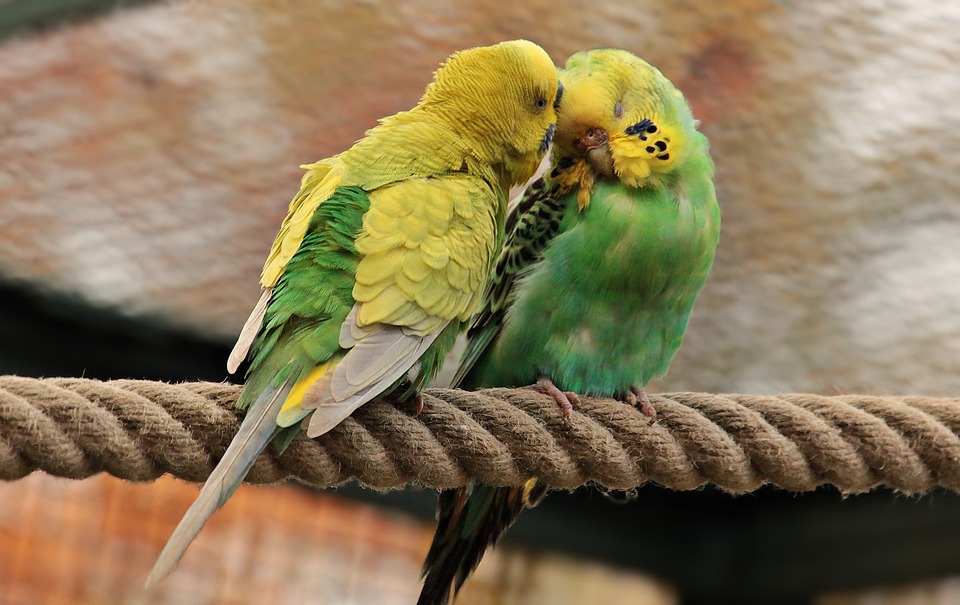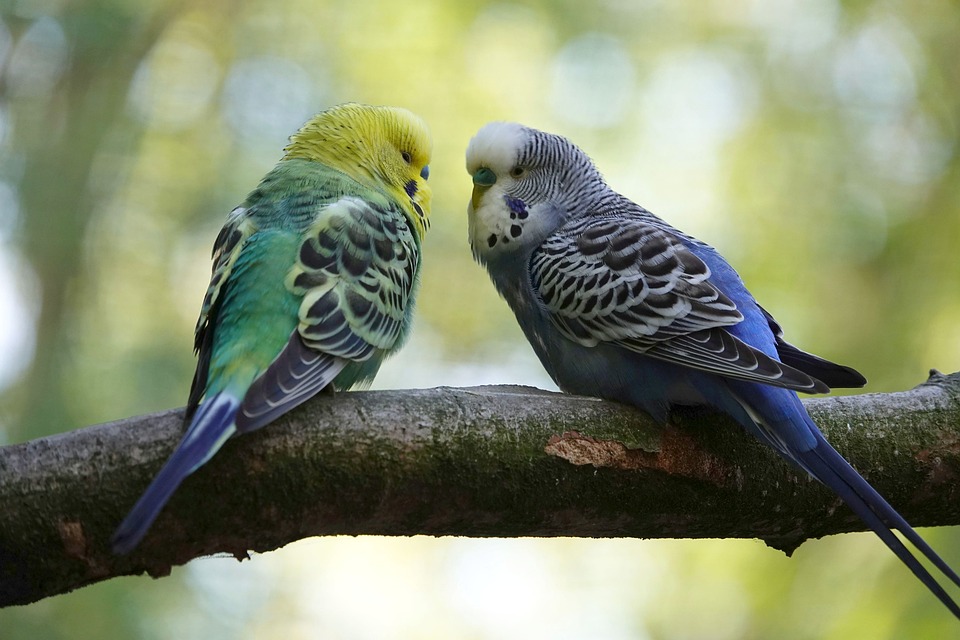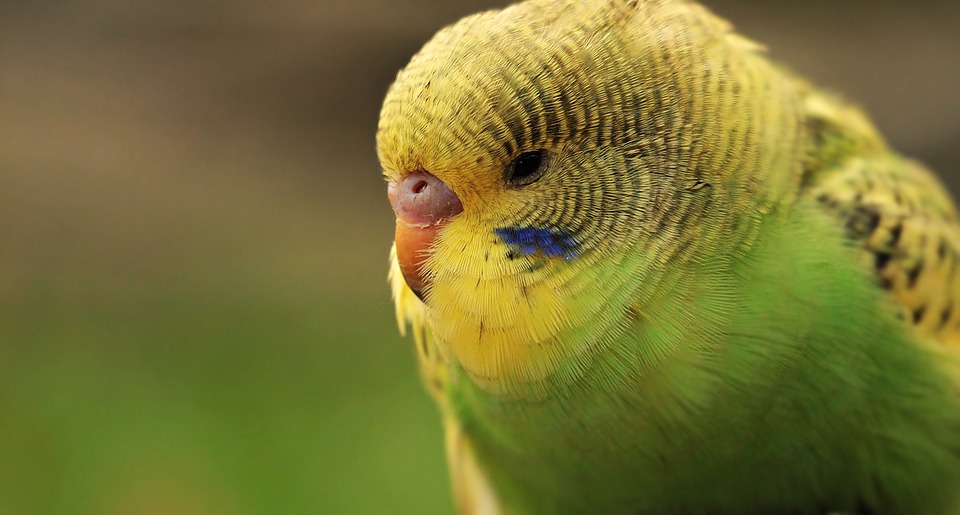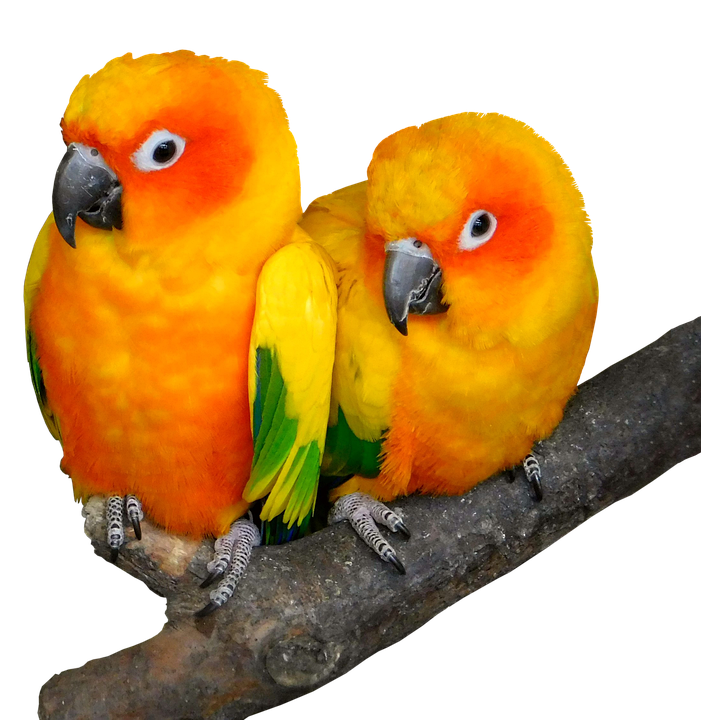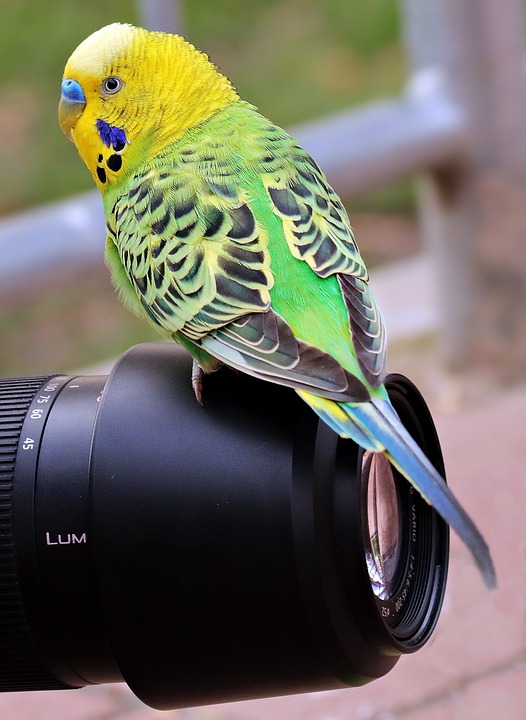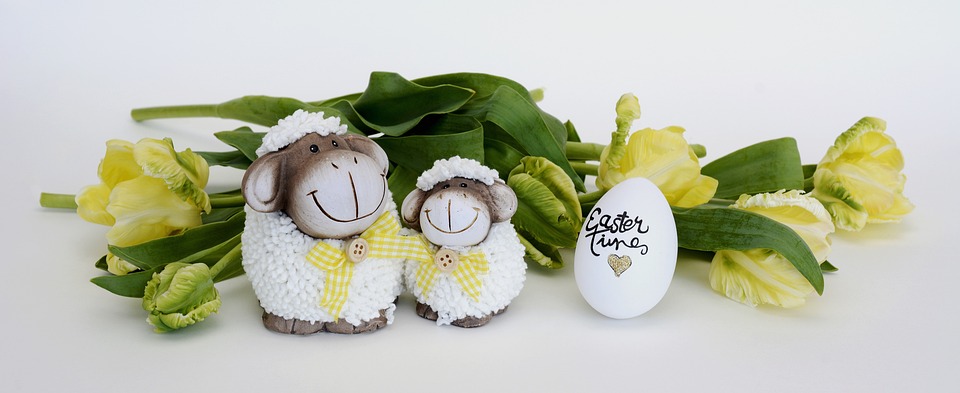Parrots are highly intelligent and social creatures that require mental stimulation to thrive in captivity. One effective way to keep your feathered friend engaged and entertained is by creating a parrot puzzle with hidden treats. This not only provides mental stimulation but also mimics their natural foraging behavior in the wild. In this article, we will guide you through the process of creating a parrot puzzle and answer some frequently asked questions.
Understanding the Importance of Mental Stimulation for Parrots
Parrots are highly intelligent birds with complex social and cognitive needs. In the wild, they spend a significant amount of time foraging for food, solving puzzles, and engaging in social interactions. When kept in captivity, it is crucial to provide them with mental stimulation to prevent boredom, frustration, and potential behavioral problems.
Mental stimulation not only keeps your parrot entertained but also promotes problem-solving skills, reduces stress, and enhances their overall well-being. Creating a parrot puzzle with hidden treats is an excellent way to fulfill their natural foraging instincts and provide hours of mental stimulation.
Selecting the Right Materials for your Parrot Puzzle
Before you start creating a parrot puzzle, it is essential to choose the appropriate materials. Here are some guidelines to consider:
– Safe and non-toxic materials: Ensure that all materials used are safe for your parrot to chew and interact with. Avoid using materials with sharp edges, small parts that can be swallowed, or toxic substances.
– Durable materials: Parrots have strong beaks and can be rough on their toys. Choose durable materials that can withstand their chewing and manipulation.
– Variety of textures: Incorporate different textures, such as wood, plastic, and fabric, to add sensory stimulation and keep your parrot interested.
– Size of materials: Select materials that are appropriate for your parrot’s size and beak strength. Larger parrots may require more substantial and more challenging puzzles, while smaller parrots might need smaller, easier-to-manipulate pieces.
Step-by-Step Guide to Creating a Parrot Puzzle with Hidden Treats
Follow these simple steps to create a parrot puzzle with hidden treats:
Step 1: Gather the materials needed for the puzzle, such as cardboard boxes, wooden blocks, plastic chains, ropes, and non-toxic glues.
Step 2: Design the puzzle layout. Consider the complexity level based on your parrot’s capabilities and experience with puzzles. Start simple and gradually increase the difficulty as your parrot becomes more proficient.
Step 3: Assemble the puzzle pieces. Attach the materials together using non-toxic glue or by securely tying them with ropes or chains. Ensure that the puzzle is sturdy enough to withstand your parrot’s play and manipulation.
Step 4: Create hiding spots for treats. Place small compartments or boxes within the puzzle structure where you can hide your parrot’s favorite treats. Make sure these compartments are easily accessible for your parrot to discover and open.
Step 5: Introduce the puzzle to your parrot. Present the puzzle to your parrot and encourage them to explore and interact with it. Initially, you might need to demonstrate how to access the hidden treats, but eventually, your parrot will learn to solve the puzzle independently.
Frequently Asked Questions (FAQs)
Q1: Are there specific treats I should use for the parrot puzzle?
A1: It is recommended to use your parrot’s favorite treats that are safe and healthy for them. Nuts, seeds, dried fruits, and commercial parrot treats are popular options. Always avoid using toxic or unhealthy treats such as chocolate, avocado, or foods high in salt or sugar.
Q2: How often should I change the puzzle design?
A2: To keep your parrot engaged and interested, it is advisable to change the puzzle design periodically. This will prevent boredom and encourage your parrot to explore new challenges and problem-solving opportunities.
Q3: Can I leave my parrot unsupervised with the puzzle?
A3: While parrot puzzles are designed to be safe, it is always recommended to supervise your parrot during playtime. This allows you to ensure they are not ingesting any hazardous materials and to address any potential safety concerns promptly.
In conclusion, creating a parrot puzzle with hidden treats is a fantastic way to provide mental stimulation for your feathered companion. By understanding the importance of mental stimulation, selecting the right materials, and following the step-by-step guide, you can offer your parrot hours of entertainment while satisfying their natural instincts. Remember to always prioritize your parrot’s safety and well-being when creating and introducing new puzzles.


